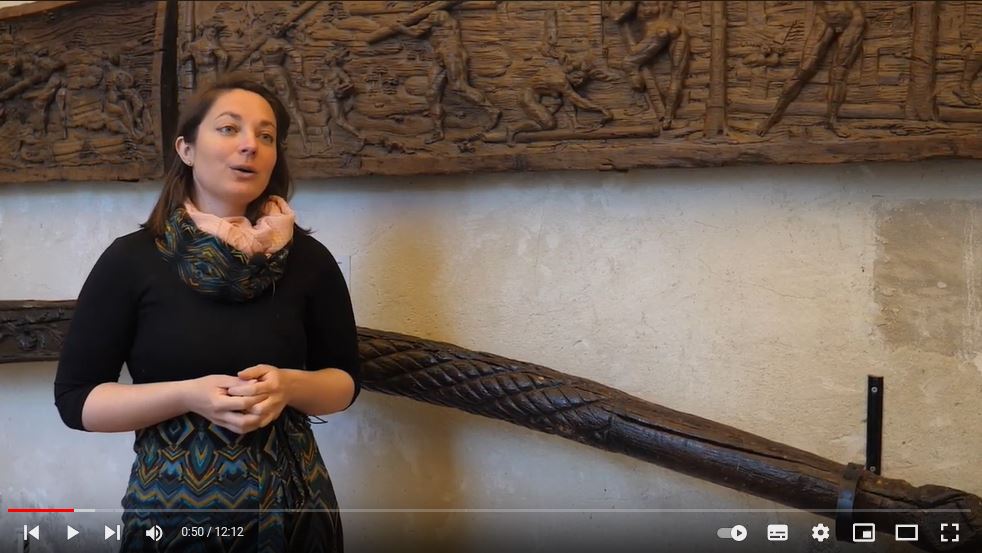NEWS

24 avril - 2 juin 2024
MARINA GIOTI, lauréate du prix COAL - Océans 2022 pour l'art et l'écologie, participe à COALITION à La Gaîté Lyrique avec une oeuvre de Sounding the Silent World, installation complète exposée à la Galerie Dominique Fiat jusqu'à 1 juin.
Pour célébrer ses 15 ans, COAL, association de référence pour l’art et l’écologie, s’associe à la Gaîté Lyrique pour présenter une grande exposition pluridisciplinaire mettant en lumière près de 50 artistes représentant la richesse et la variété des approches de la scène artistique de l’écologie.Une exposition monumentale et enrichie d’une vaste programmation investit l’espace emblématique de la Gaîté Lyrique sous le commissariat de Lauranne Germond, co-fondatrice et directrice de COAL, et de Sara Dufour, curatrice et directrice des programmes de l’association. Les oeuvres présentées retracent la communauté d’imaginaires qui s’est constituée au fil des 15 éditions du Prix COAL, initiative phare de COAL pour la promotion, l’accompagnement et la diffusion des artistes qui, à travers le monde, témoignent, imaginent et expérimentent la révolution écologique.
Avec des oeuvres de Ackroyd & Harvey, Maria Thereza Alves, Art Orienté Objet, Brandon Ballengée, Thierry Boutonnier, Alex Cecchetti, Julian Charrière, Paul Duncombe, Fabiana Ex-Souza, Sara Favriau, Feipel et Bechameil, Beya Gille Gacha, Marina Gioti, Shaun Gladwell, Noémie Goudal, Elsa Guillaume, Louis Guillaume, Hehe, Suzanne Husky, Hypercomf, Martin Le Chevallier, Sandra Lorenzi, Angelika Markul, Le Nouveau Ministère de l’Agriculture, Lucy+Jorge Orta, Stéfane Perraud et Aram Kebabdjian, Clément Richem, Belen Rodriguez, Stéphanie Sagot, Erik Samakh, Linda Sanchez, Momoko Seto, Stefan Shankland, Shivay La Multiple, Laurent Tixador et Julia Hanadi Al Abed, Anaïs Tondeur, Marie Velardi, Michael Wang et bien d’autres…
KUNSTMUSEUM RAVENSBURG / (WAHL) FAMILY. THOSE WE ARE /
CHANTAL REGNAULT
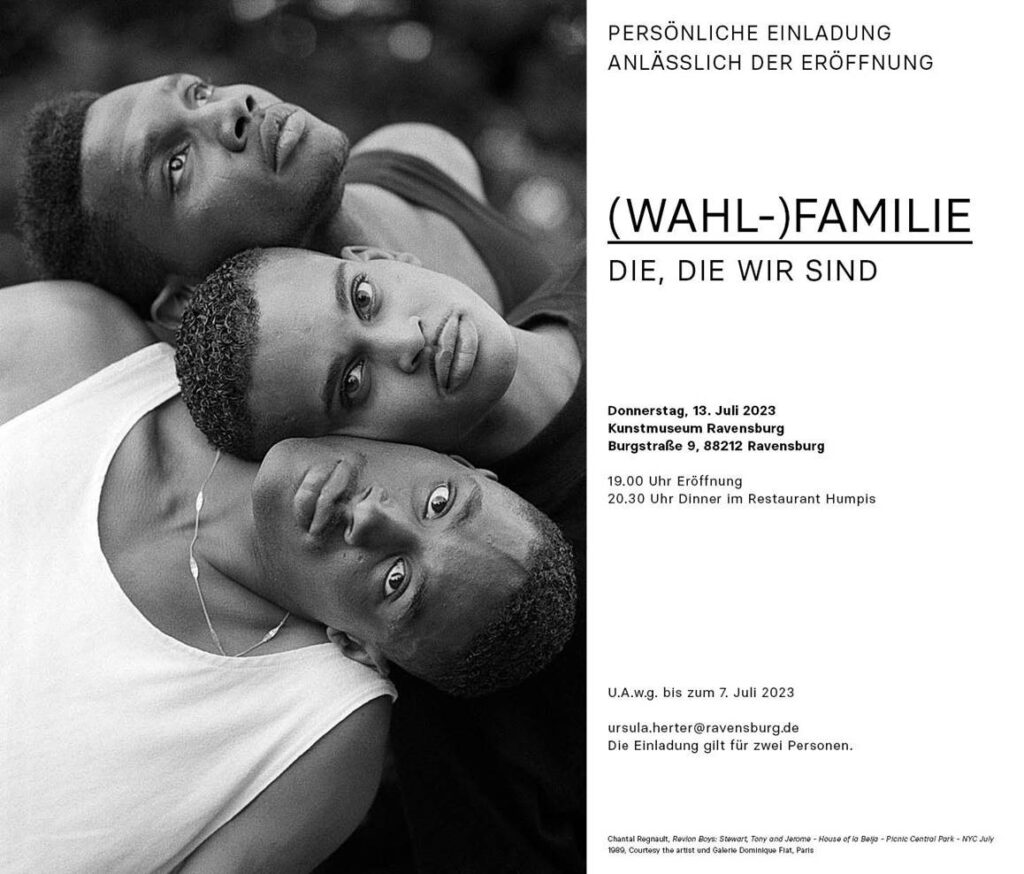
CURRENT EXHIBITIONS
(WAHL) FAMILY. THOSE WE ARE
14 July to 5 November 2023
Opening: Thursday, 13 July 2023, 7 pm
Family can mean happiness or chaos, identification or separation, be a burden or embody solidarity and security. Family is a complex and emotional network of relationships that cannot be reduced exclusively to biological criteria. Whether by blood or by choice, family ties are a topic that concerns everyone. "(ELECTIVE) FAMILY. DIE, DIE WIR SIND" asks how we define belonging and paints a multi-layered picture of what family can be. The group exhibition brings together works by fourteen contemporary artists and invites us to reflect on family relationships, constellations and their socio-political links.
The selected works bring the unconscious dynamics of family relationships to the fore, telling of great feelings, bizarre habits and special challenges. They thematise family and social responsibility and show people who subvert conventional role attributions in order to follow their individual life plans as a community. Whether in spirit or in real life - (elective) families are, at best, the people with whom we identify, who shape us and who give us support and orientation.
With works by Guy Ben-Ner | Andrea Bowers | Miriam Cahn | Chto Delat | Asta Gröting | Sharon Hayes | Verena Jaekel | Pixy Liao | Joanna Piotrowska | Chantal Regnault | Allen Ruppersberg | Corinna Schnitt | Thomas Struth | Johan Tahon
ANIMAL FANTASTIQUE. THE COLOURFUL WORLD OF FAMILIES
The exhibition is completed by a space for children to get creative surrounded by sculptures and prints from the Selinka Collection of the Kunstmuseum. Made possible by the Friends of the Kunstmuseum.
Children's vernissage: Saturday, 15 July 2023, 10 a.m.
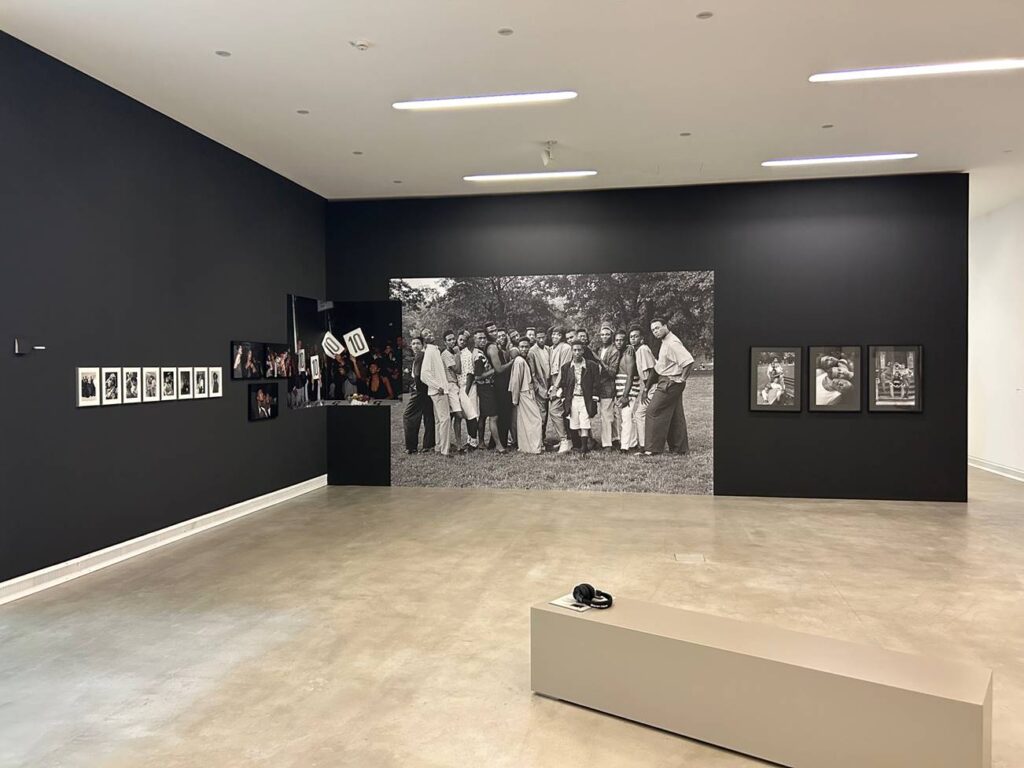
TROIS CENT SOIXANTE REVUE / POLITIQUES DE LA MEMOIRE / HAÏTI /
NICOLA LO CALZO
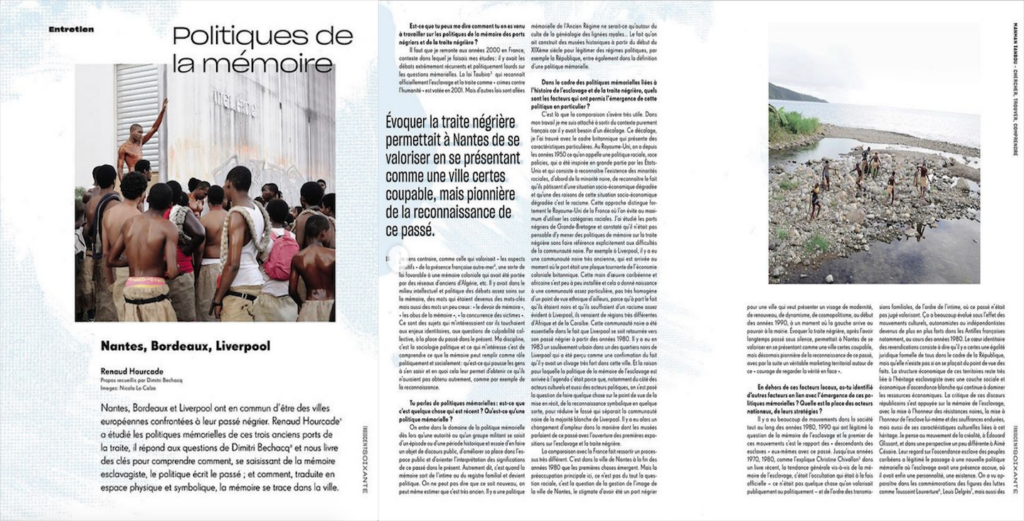
FRIEZE / WHAT ARTISTS DO WHEN THEY CAN'T SLEEP /
RUT BLEES LUXEMBURG
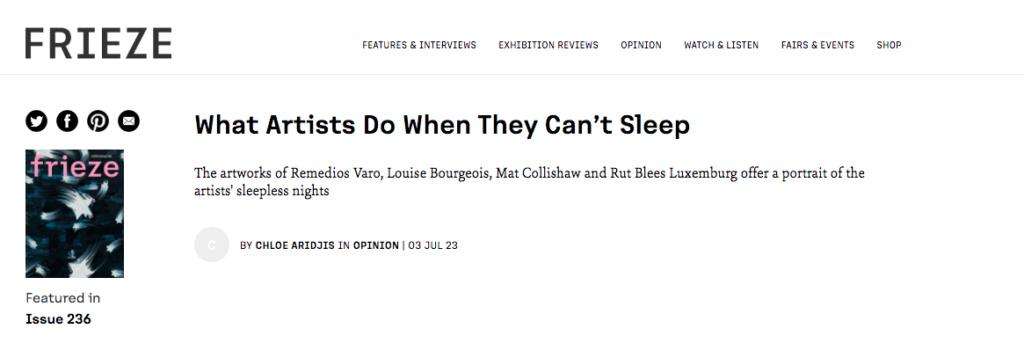


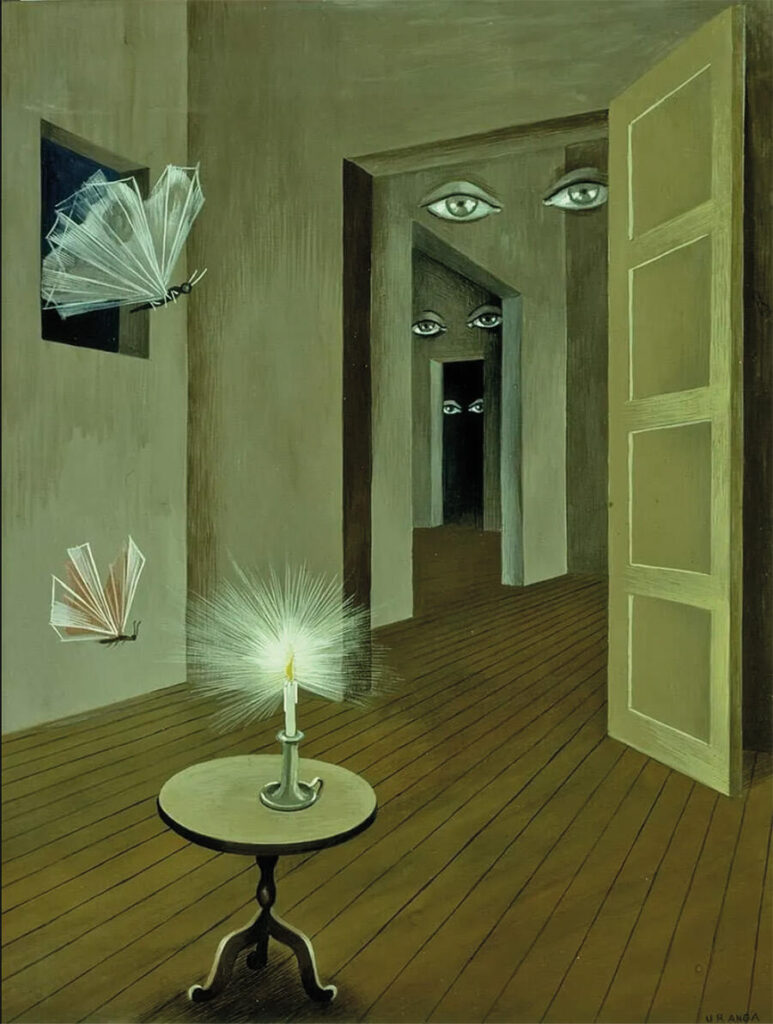
Courtesy- © Remedios Varo, The Vera and Arturo Schwarz Collection of Dada and Surrealist Art, Israel Museum and DACS/VEGAP

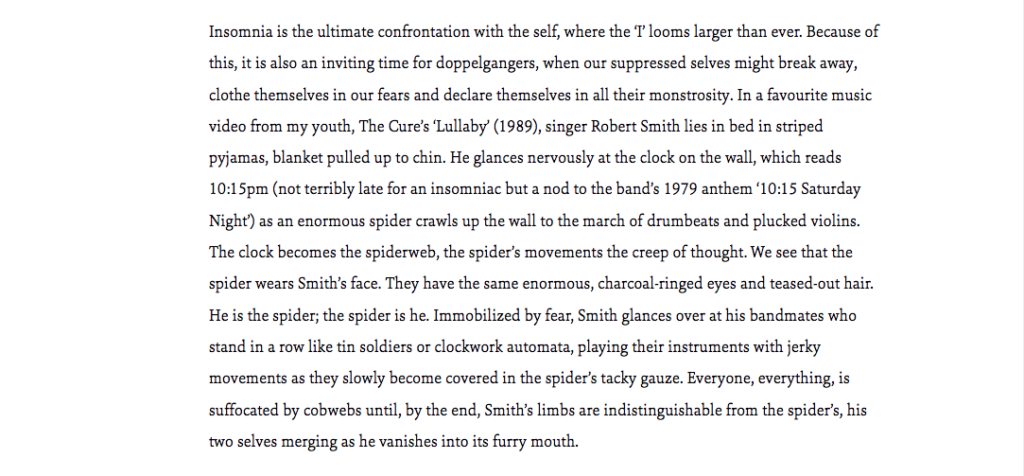
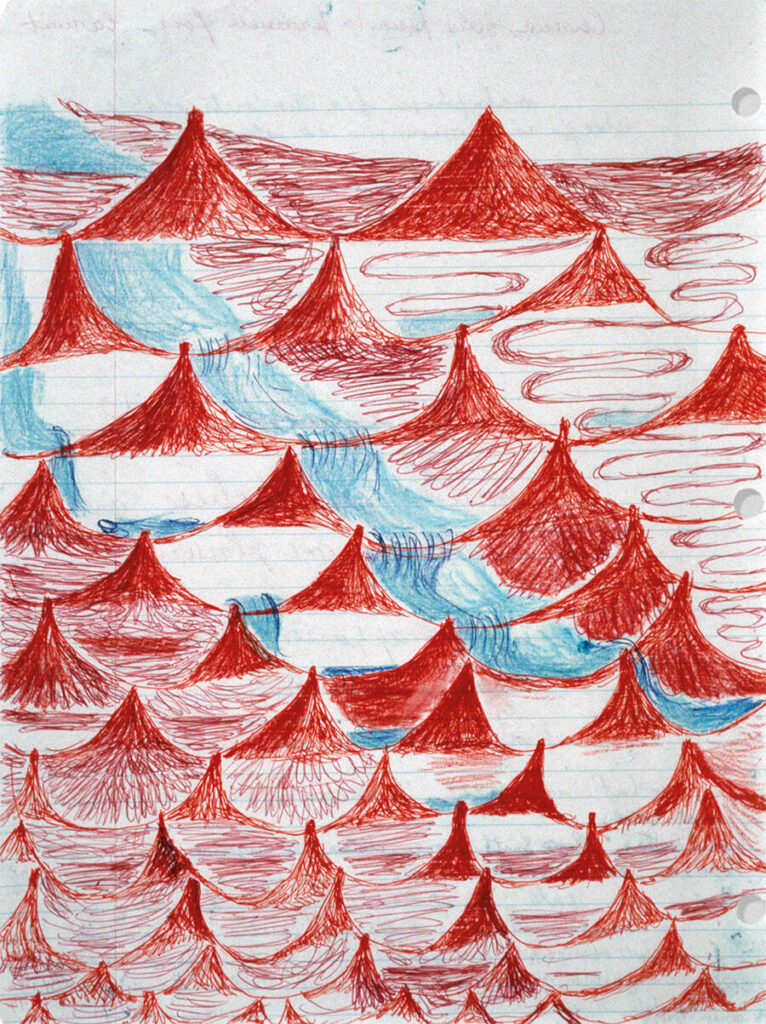
Courtesy- © The Easton Foundation and DACS; photograph- Christopher Burke
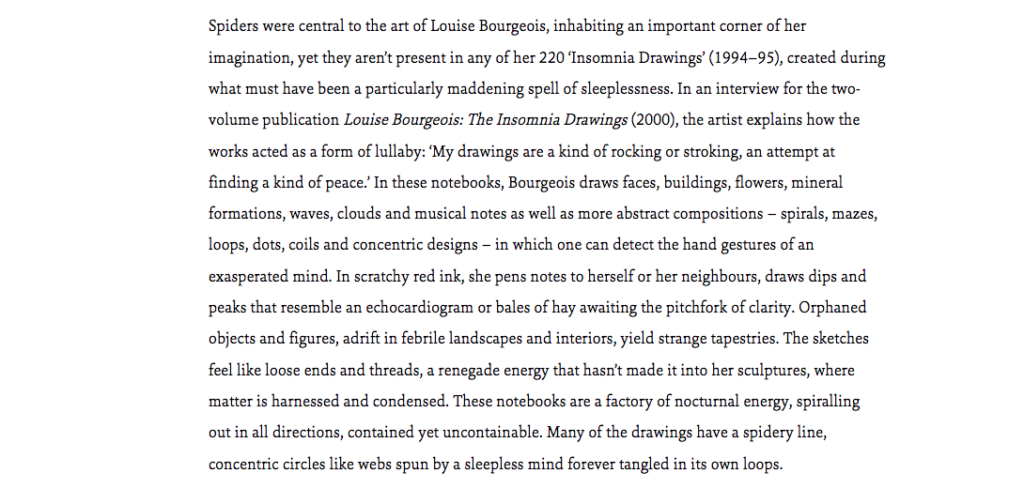

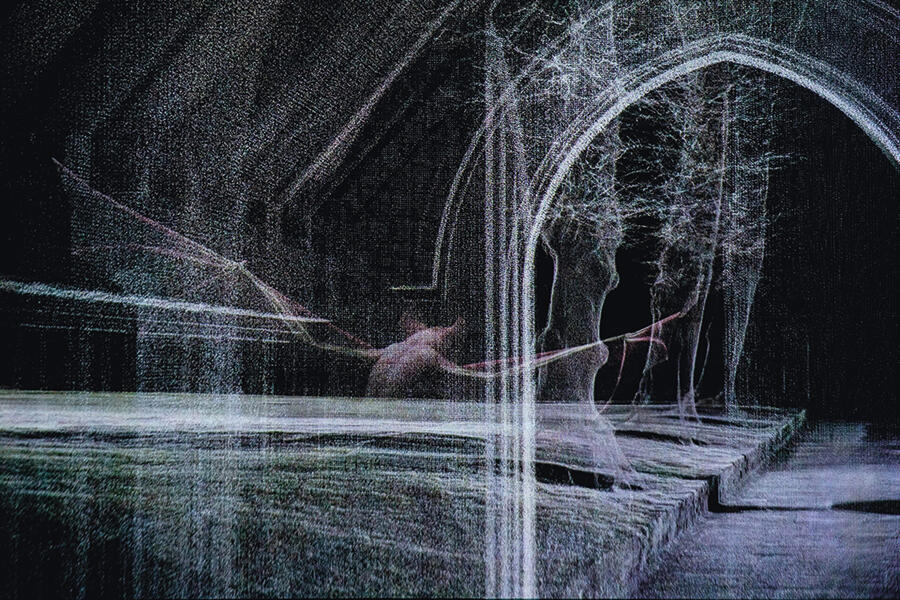
Courtesy- the artist; photograph- Jeff Moore
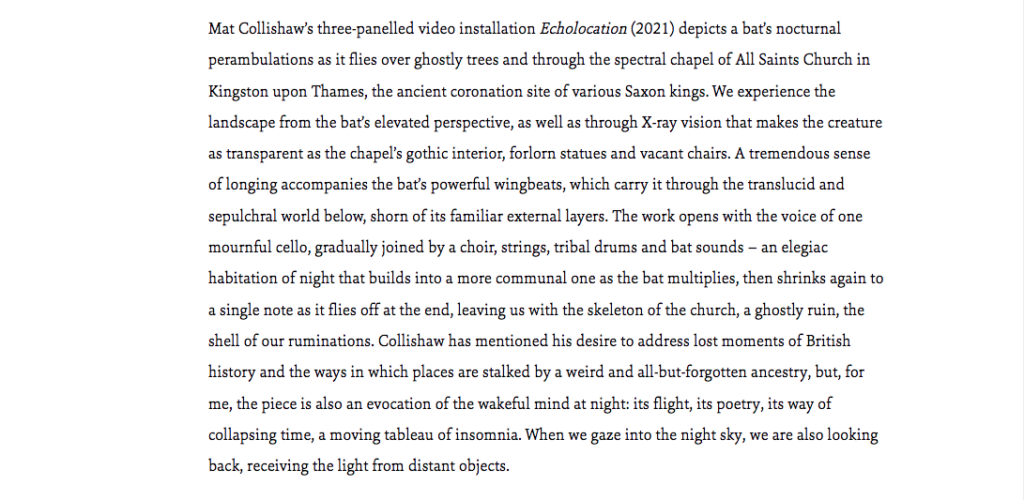
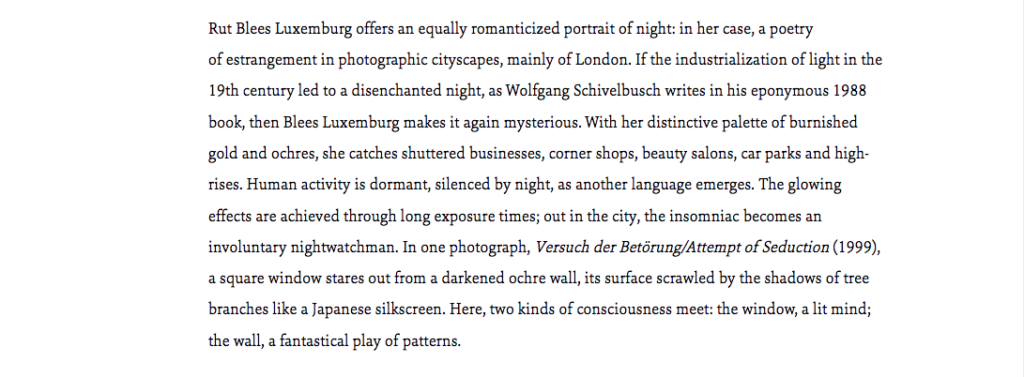
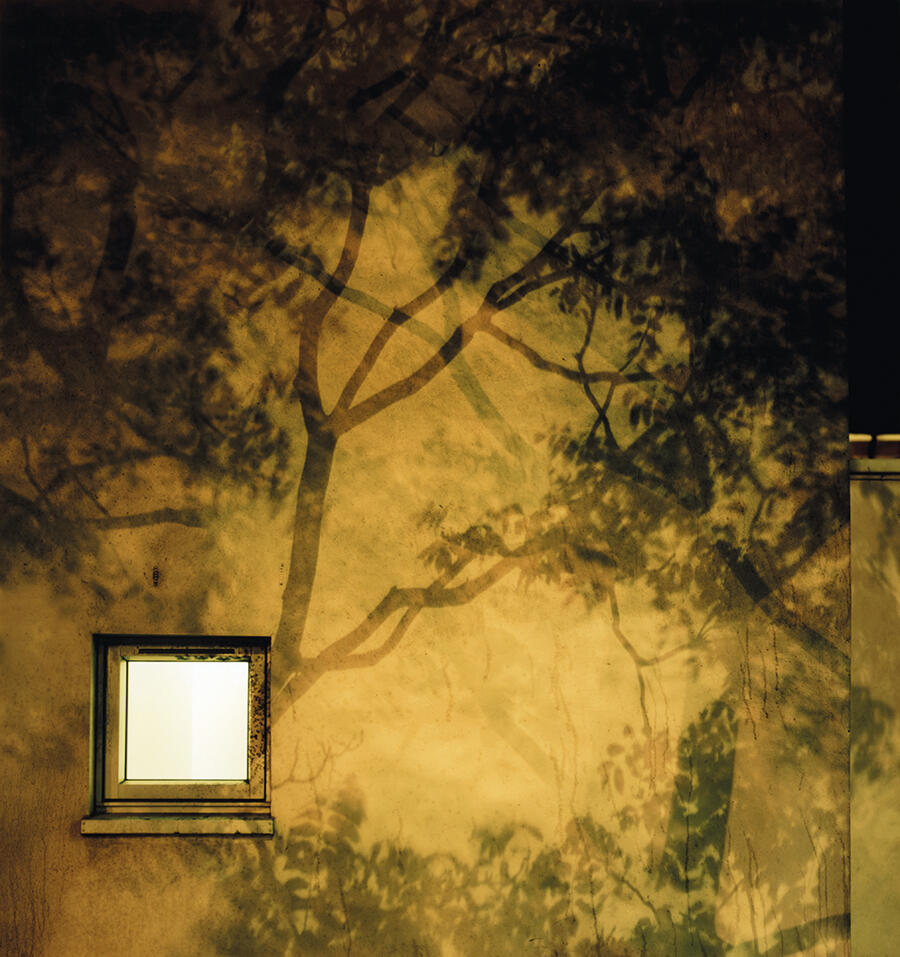
Courtesy- © Rut Blees Luxemburg and DACS


ACUMEN Magazine / La route des songes / Taisiia Cherkasova
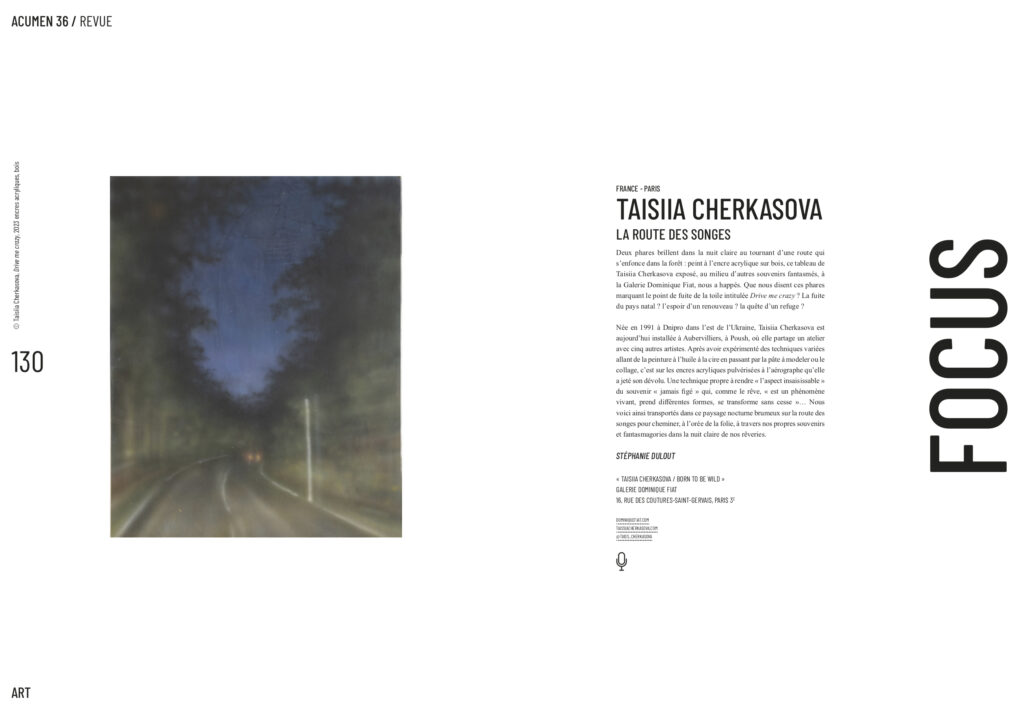
The Art Newspaper Edition Française / L'art contemporain du Bénin fait escale à Rabat / Emo de Medeiros
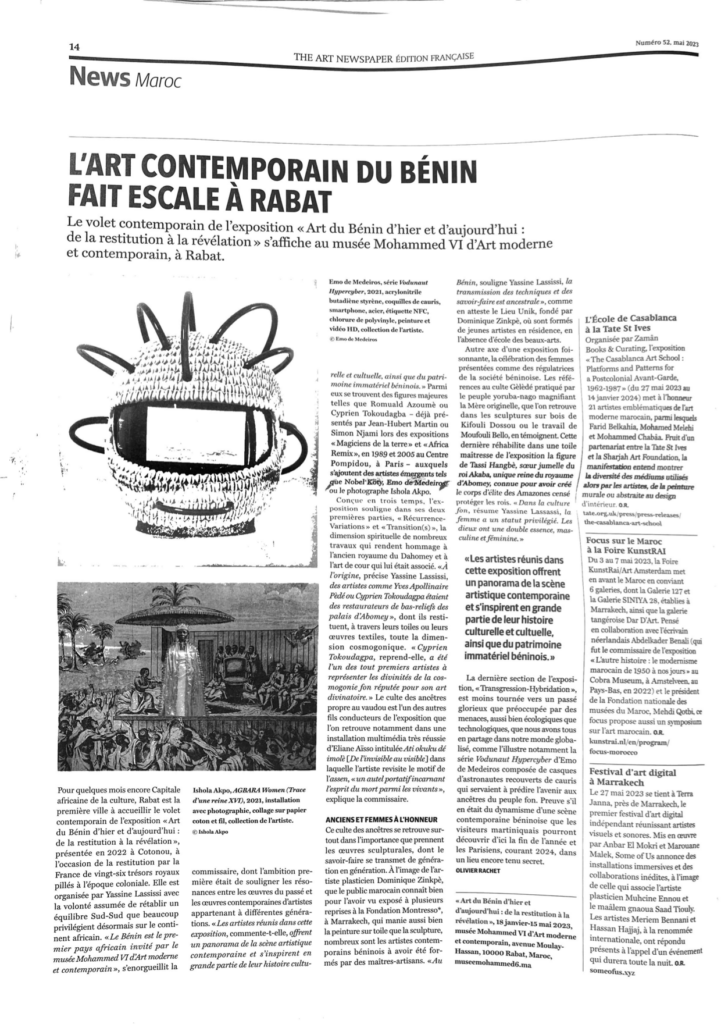
CITIES OF THE NIGHT AT RIBA LONDON / FESTIVAL OF ARCHITECTURE
01 June - 30 June
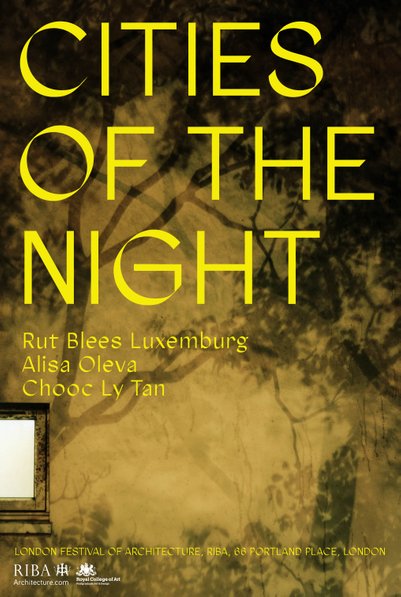
What if the night, often neglected and underestimated in the discourse on cities and architecture, is actually the lifeworld that holds the keys to our everyday experience. Might the night be more than a rotation that recharges our daily life? Could the night be a transformative space, that lets us dream our collective future?
For the second time RIBA hosts the Royal College of Art during the London Festival of Architecture, bringing together three artists who re-present and re-inhabit the urban night: Rut Blees Luxemburg, Alisa Oleva and Chooc Ly Tan.
In daytime, most everything is apprehended under the light of just one furiously burning sun. But as the planet turns and daylight fades, we see things coloured by a medley of embers, the jaundiced haze emitted by a sodium streetlight, the pale glow of a screen, the ancient shimmer of deceased stars, and so many other disparate and distant points of illumination. While objects are uniformly presented to vision under one radiant light source during the day, those same objects are seen at night in a luminescent range that has no hierarchical direction.
Urban Night Practice is an artistic investigation into this metamorphic potential that emerges in cities during the night. The artists in this exhibition — Rut Blees Luxemburg, Chooc Ly Tan, and Alisa Oleva — all have practices that are receptive to the possibility of a transformation that is paradoxically rendered most clearly in darkness. As such, the artworks in this show are composed by night but given here as proposals for new ways to navigate and envisage the urban landscape by day.
Elliott Mickleburgh
Join us for the party on the 22 June 7pm onward
DJ set by Chooc Ly Tan
RIBA First Floor Gallery, 66 Portland Place, London W1B 1AD
ESCLAVAGE, MÉMOIRES NORMANDES. ROUEN, L’ENVERS D’UNE PROSPÉRITÉ
A selection of photographs from the research KAM by Nicola Lo Calzo is presented at Corderie Vallois in Rouen as part of the exhibition, « Esclavage, Mémoires normandes » a first major exhibition in the process of recognizing the history and memory of slavery in Normandy. Prints from the series AYITI, REGLA, AGOUDA are presented along with works by artists Emmanuelle Gall, Gilles Elie-Dit-Cosaque, Elisa Moris Vai between others.
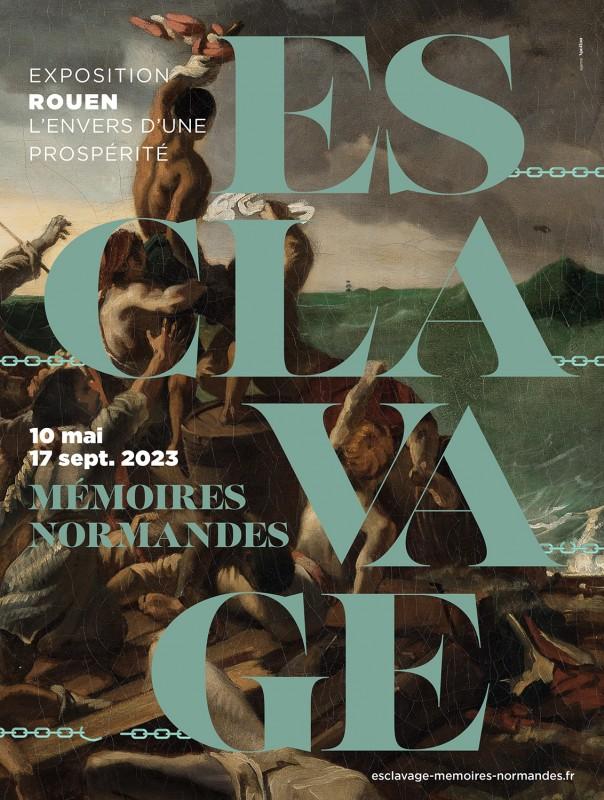
The exhibition on the memory of slavery will open on May 10, 2023, at the end of a collegial process involving the towns of Honfleur, Le Havre and the Rouen Normandy Metropolis, as well as various museums, municipal and departmental archives and the "Villes et Pays d'art et d'histoire" label…
The aim?
To shed light on Normandy's involvement in the triangular trade in the 18th and 19th centuries, by comparing objects in collections and contemporary accounts. Bordeaux, Nantes and La Rochelle have been the focus of much research, and are now taking responsibility for their role in the slave trade and the ensuing trade in Western Europe through various cultural and commemorative events. Until now, Normandy has remained somewhat on the sidelines of this general movement in favor of greater transparency in local - town, regional -, individual and collective history. In fact, it is the responsibility of Europeans, and in particular of these coastal towns, in the crime against humanity that was slavery (law no. 2001-434 of May 21, 2001). The Rouen-Le Havre-Honfleur conglomerate, however, had a weight comparable to that of Bordeaux or Nantes... It was absolutely necessary to revisit this history, not only from an ethical point of view, but also in view of its medium- and long-term consequences for the region and its development.
Tracing history
The ship-owning families - in other words, those who financed the boat trips in order to make a profit from them - were mostly from Rouen. However, as the boats left from Le Havre and, to a lesser extent, Honfleur, it was long claimed that the triangular trade did not concern Rouen, despite the fact that it was heavily involved in financing this commercial eco-system…
Genesis
Long before the 18th century, Normans were accustomed to transatlantic travel. The ember trade in Brazil and attempts at colonization in New France took them to the Americas, while the first Norman trading posts were opened in West Africa as early as the 17th century. A number of objects document this way of life and, in particular, the environment of Norman navigation: a beautiful astrolabe, maps and ivory objects, whose very material bears witness to early links with the African continent. A yoyo from the collections of the Musée de la Ferronnerie Le Secq des Tournelles is particularly emblematic, illustrating the ambivalence of the period.
A very present past
While the exhibition at Corderie Vallois brings to light certain elements of the past, what is perhaps most interesting is the echo that this effort to elucidate it finds in some of our contemporary issues. At a time when clothing is being manufactured in India, for example, at a human cost...
Textile fiber and cotton fabric production was one of Rouen's most important sectors in the triangular trade. The factories in the Cailly valley were particularly involved in the production of indiennes, a type of painted or printed cotton canvas. But it's not just about documenting the past for its own sake, as the exhibition questions our post-industrial era in the light of it.
Exhibition curator
Mathilde Schneider, Director of Musée Beauvoisine, Chief Curator of Heritage
Isabelle Gard, Project Manager, Public Services
Bruno Varin, assistant curator and cultural mediator
Scientific assistance: Simon Jean-Nebbache, PhD in museology
Practical information
From May 10, 2023 to September 17, 2023
Musée Industriel de la Corderie Vallois, Notre-Dame-de-Bondeville
Open daily from 1.30 pm to 6 pm
Admission: €4
Access
from Paris by train > Rouen - Rouen Rive-Droite stop
from Rouen with the T2 astuce network > Notre-Dame-de-Bondeville - Mairie V. stop Schoelcher
from Hameau de Frévaux with the F4 network >Notre-Dame-de-Bondeville - André Gide stop
Recognized as an exhibition of national interest by the French Ministry of Culture, it receives exceptional financial support from the French government.

The virtual exhibition, soon to go online, receives special support from FRAME

*One ticket for one of the three tours entitles the holder to reduced rates for the other two.
Fortunes and servitudes at Hôtel Dubocage de Bléville, 1 rue Jéröme Bellarmato, Le Havre. Exhibition from May 10 to November 10, 2023. Full price: €5 / concessions: 3€
D'une terre à l'autre at the Musée Eugène Boudin, Honfleur. Exhibition from May 10 to November 10, 2023. Full price: €8 / Reduced: €6.50
Libération / L'Amitié, un mode de vie très politique / Nicola Lo Calzo
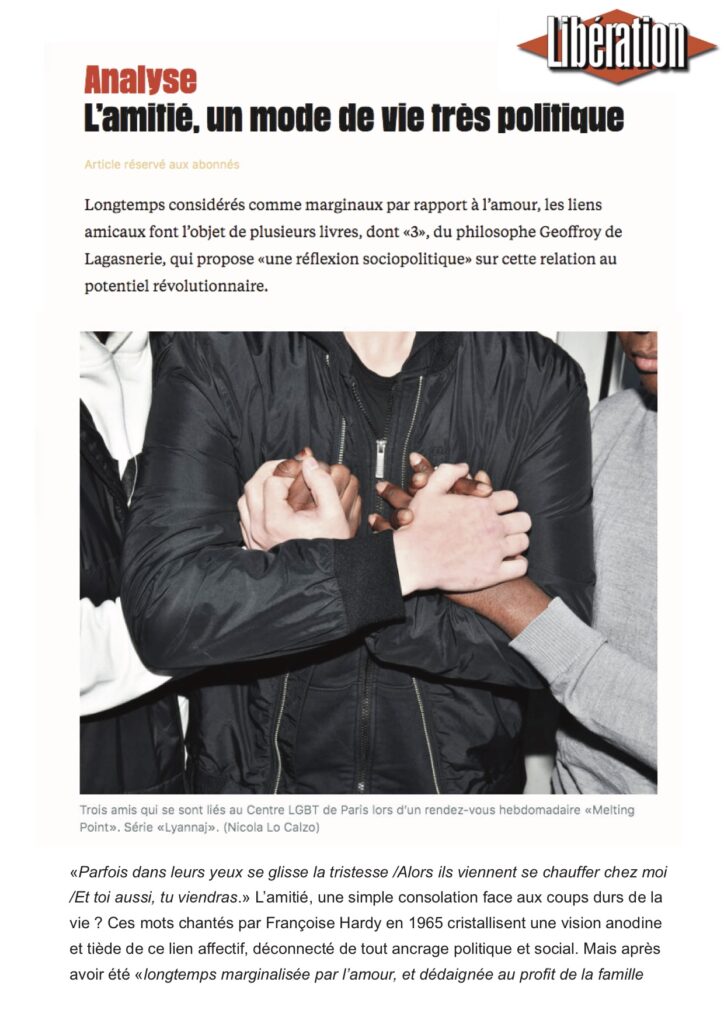
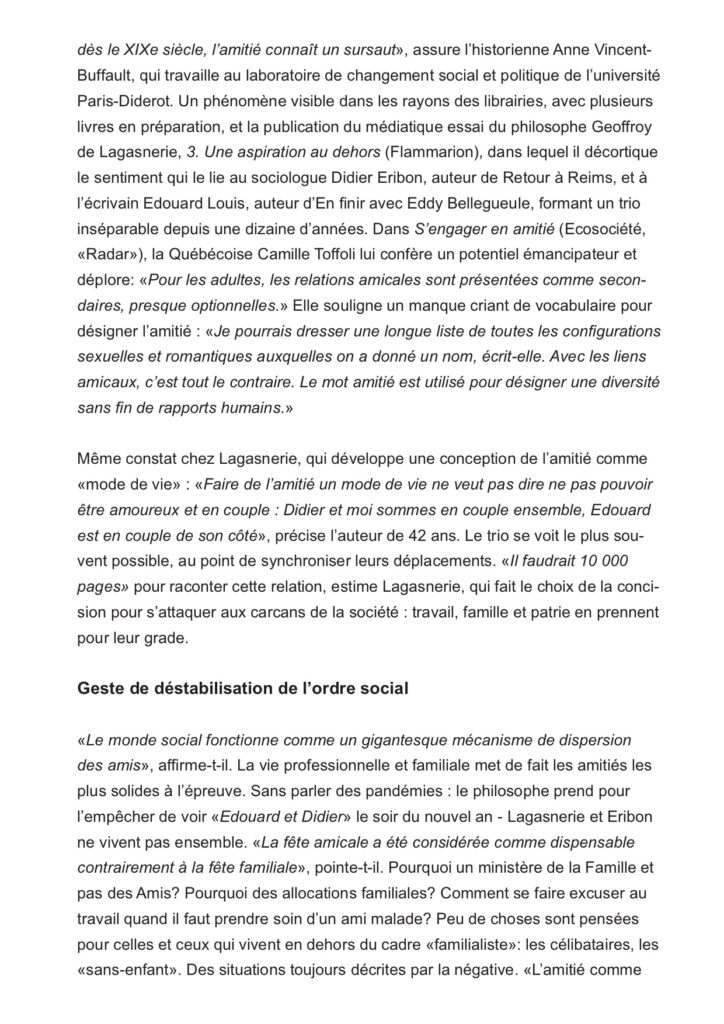
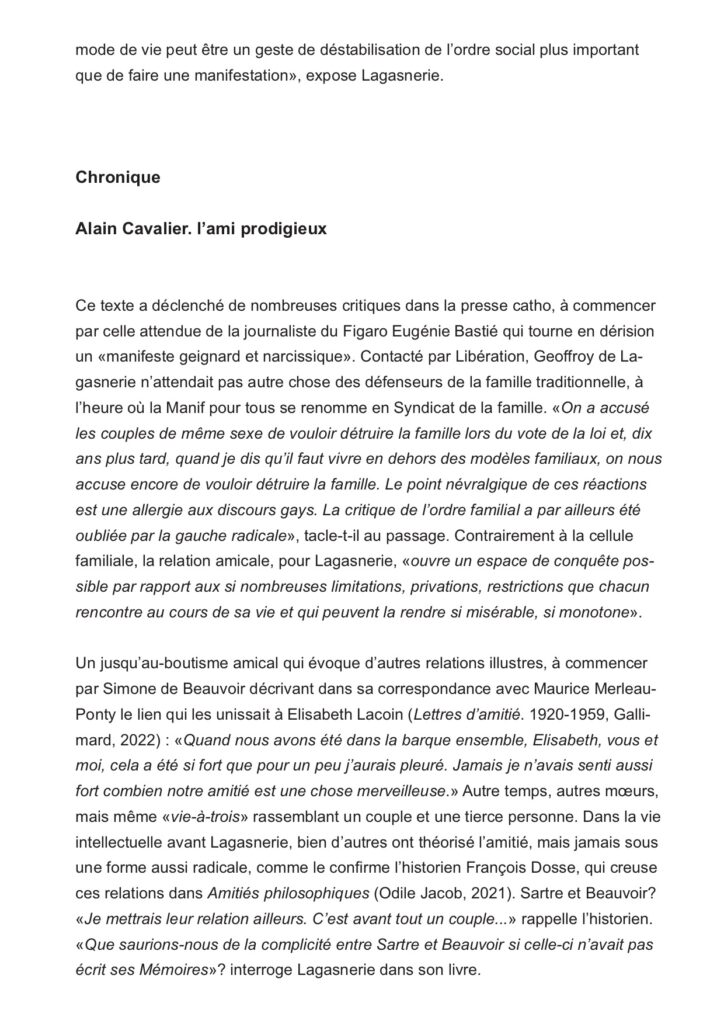
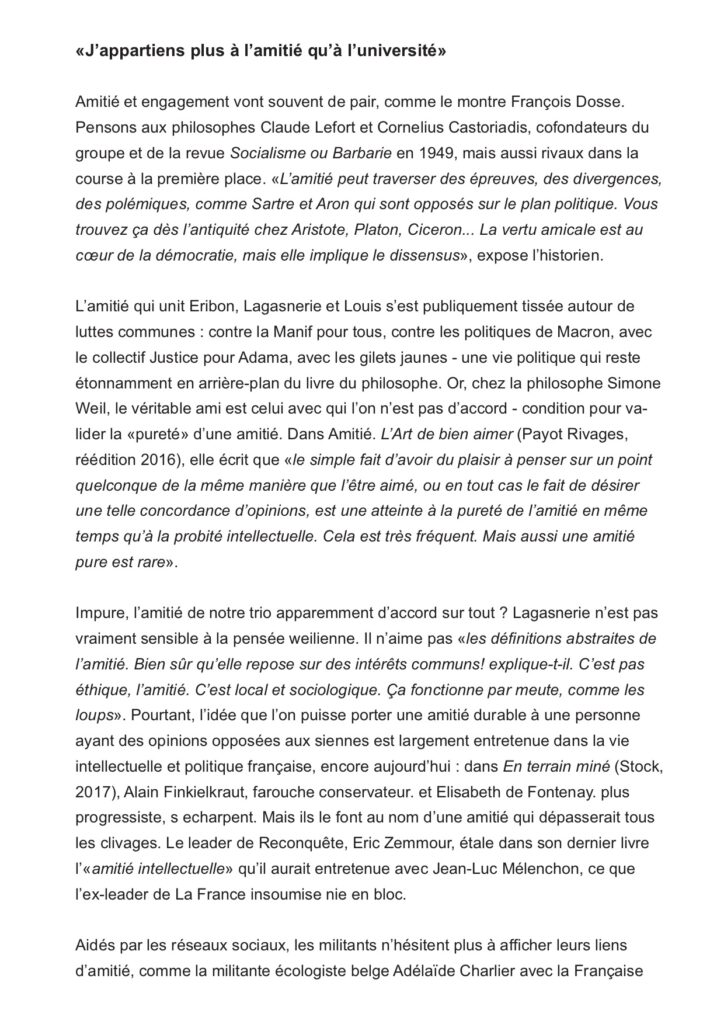
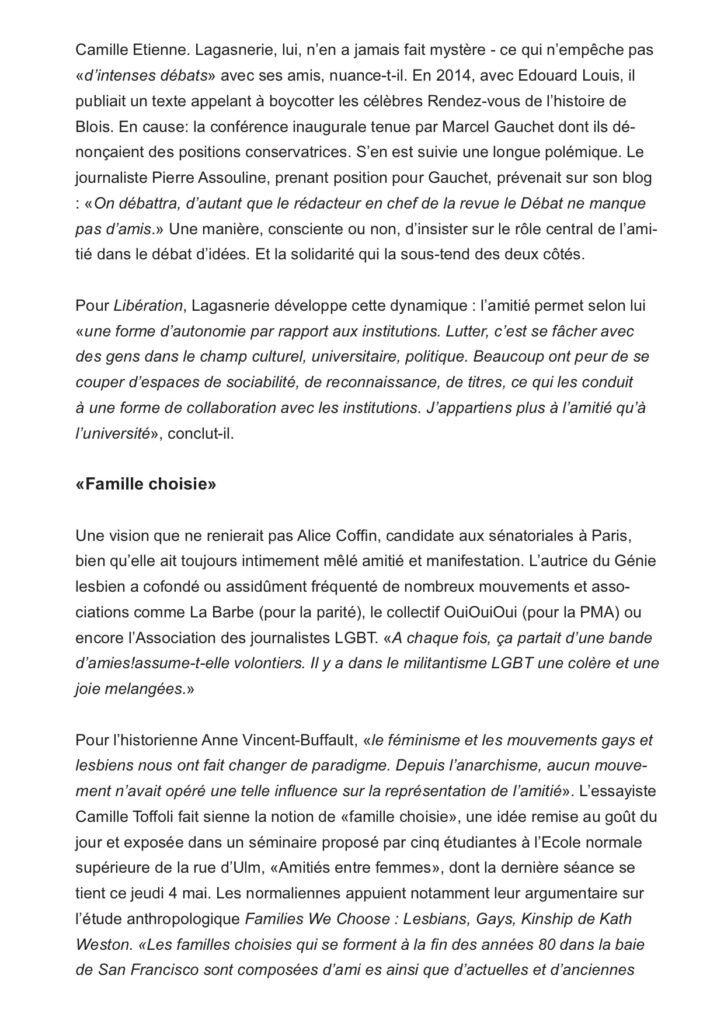
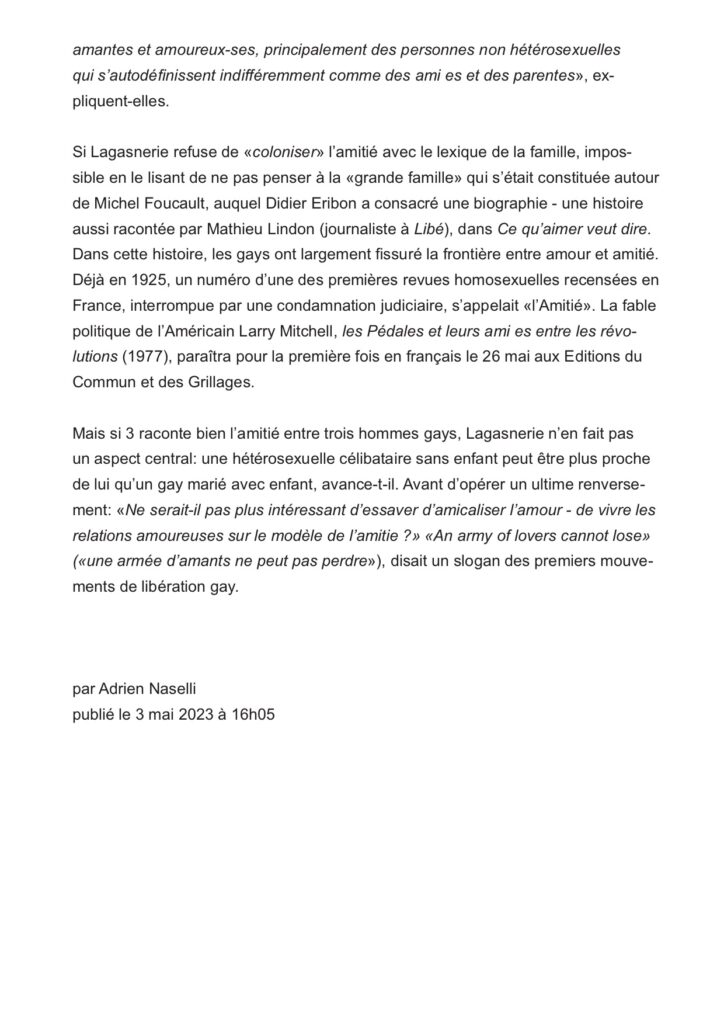
Le Monde / Itvan Kebadian
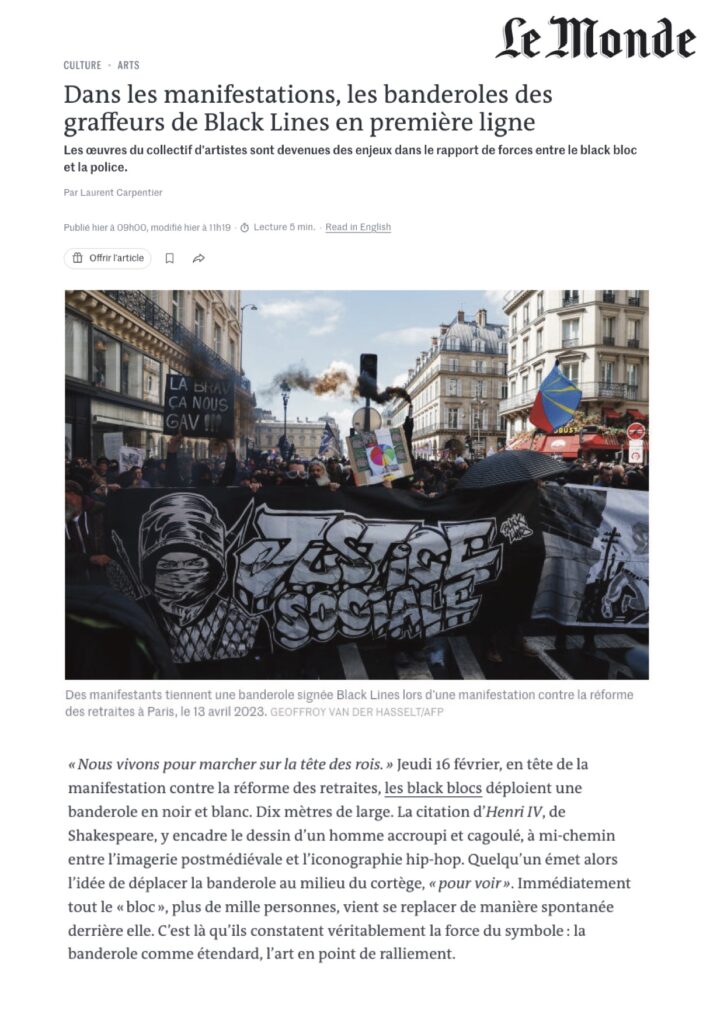
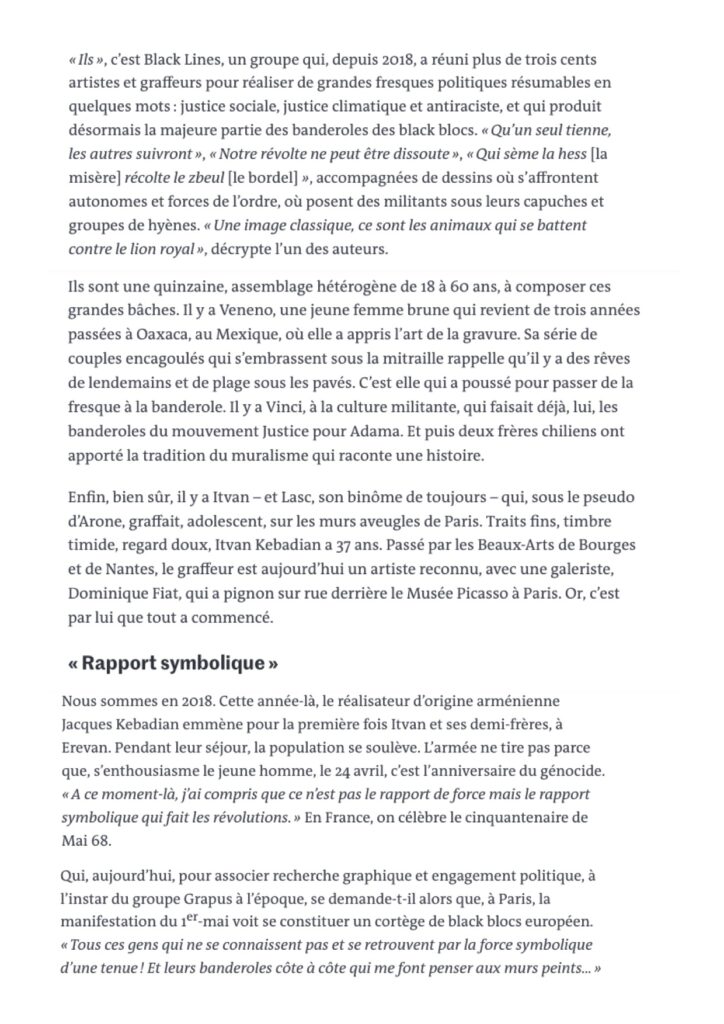
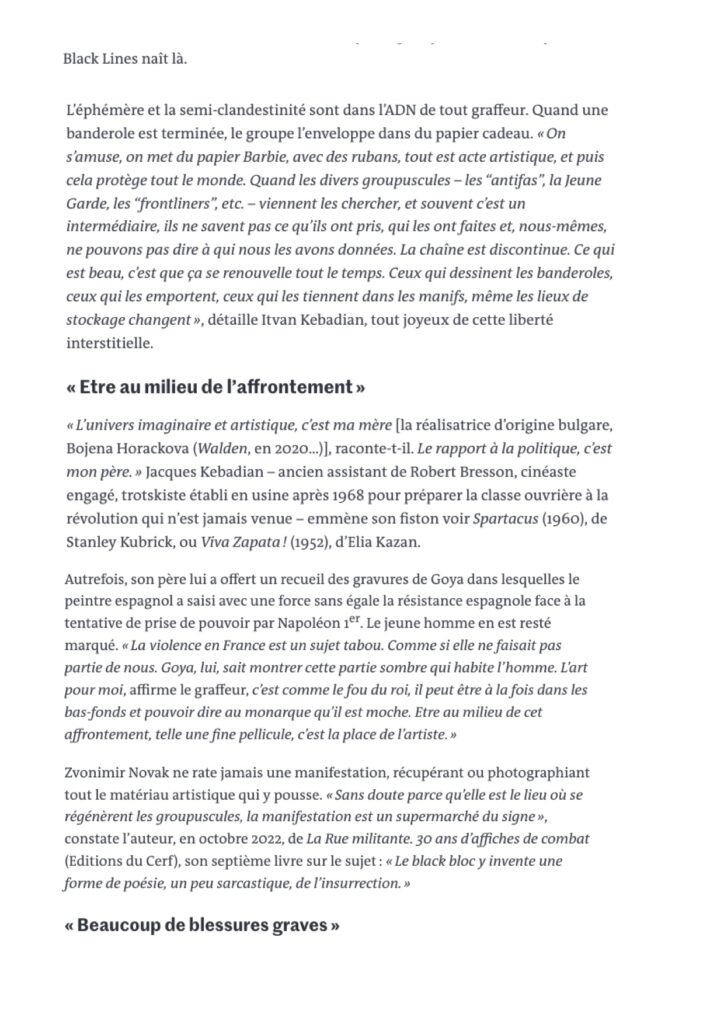
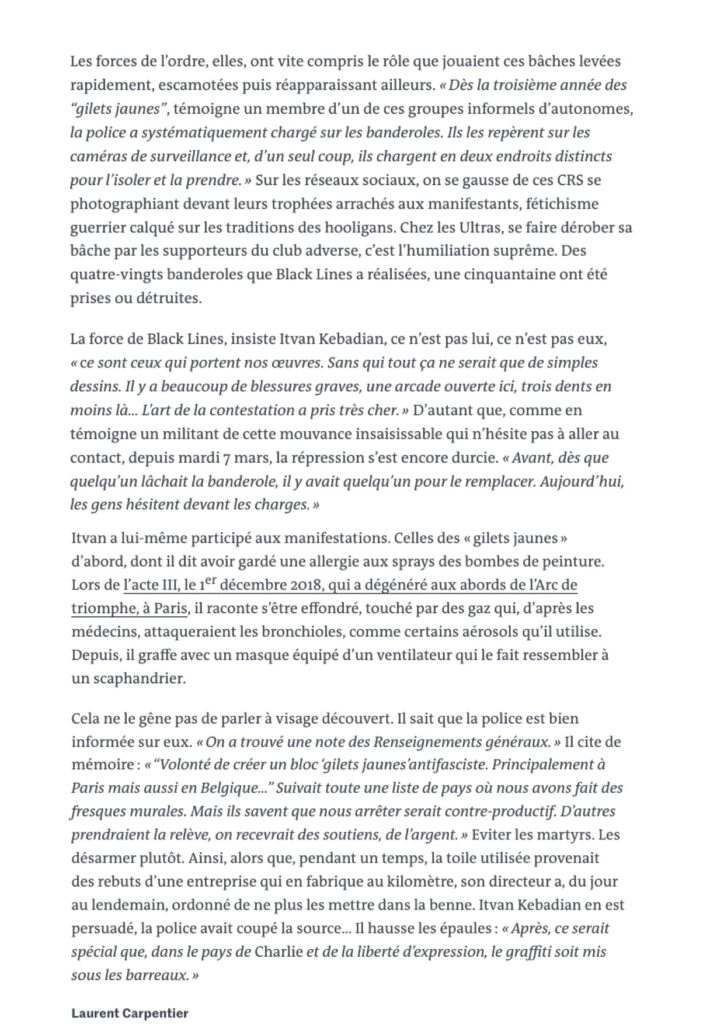
"Europa, Oxalá" / MUCEM, Marseille, France / Fondation Gulbenkian, Lisboa, Portugal / Africa Museum, Tervuren, Belgium
Malala Andrialavidrazana
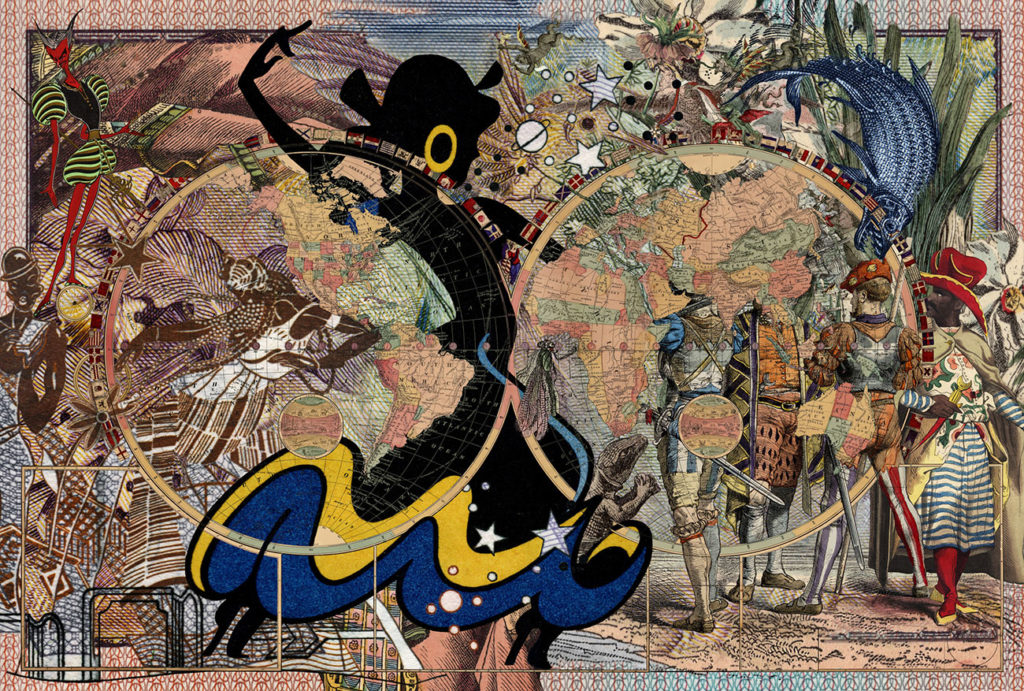
© Malala Andrialavidrazana
After being presented at the MUCEM from 20 October 2021 to 16 January 2022, the exhibition "Europa, Oxalá" has been established since 3 March 2022 until 22 August 2022 at the Gulbenkian Foundation in Lisbon, before finishing its journey in Belgium, at the Africa Museum in Tervuren, from 6 October 2022 to 5 March 2023.
The exhibition "Europa, Oxalá" presents the work of twenty-one European artists and intellectuals whose family origins lie in the former colonies. These 'children of empires', born and raised in a post-colonial context, propose a reflection on their heritage, memory and identity.
Their parents and grandparents were born and lived in Congo, Angola, Guinea, Benin, Algeria and Madagascar, and these artists have inherited not only the voices, sounds and gestures, but also the images and memories of their original cultures, which is the starting point for extensive research in historical archives. As a result, their artistic productions nourish an original reflection on racism, the decolonisation of the arts, and the deconstruction of colonial thought. The way in which some of them combine contemporary languages and traditional processes constitutes an essential contribution to contemporary Europe. The innovative and transnational character of the work of these 'post-mémoire' artists has had a profound impact on the artistic and cultural scene over the last two decades.
The exhibition "Europa, Oxalá" presents about sixty works (paintings, drawings, sculptures, films, photos, installations) by twenty-one artists: Aimé Mpane, Aimé Ntakiyica, Carlos Bunga, Délio Jasse, Djamel Kokene-Dorléans, Fayçal Baghriche, Francisco Vidal, John K. Cobra, Katia Kameli, Mohamed Bourouissa, Josèfa Ntjam, Malala Andrialavidrazana, Márcio Carvalho, Mónica de Miranda, Nú Barreto, Pauliana Valente Pimentel, Pedro A.H. Paixão, Sabrina Belouaar, Sammy Baloji, Sandra Mujinga, Sara Sadik.
Through their work, "Europa, Oxalá" bears witness to the creative power of contemporary European cultural diversity, opening up new perspectives on the notion of Europe.
— Curators : António Pinto Ribeiro, commissaire, université de Coimbra, Katia Kameli, artiste et commissaire, Aimé Mpane, artiste et commissaire
— Set designer : Joris Lipsch, Studio Matters
— Coproduction :
Fondation Calouste Gulbenkian – Délégation en France
Mucem - Musée des civilisations de l’Europe et de la Méditerranée (Marseille / France)
Musée royal de l’Afrique centrale / AfricaMUSEUM (Tervuren / Belgique)
Centre d’études sociales de l’université de Coimbra (CES) à travers son projet européen (ERC) MEMOIRS – Enfants d’empires et post-mémoires européennes (Coimbra / Portugal)
— Itinerancy :
Fondation Calouste Gulbenkian (Lisbonne) : printemps 2022
Musée royal de l’Afrique centrale / AfricaMUSEUM (Tervuren / Belgique) : automne 2022
An event organised in the framework of the French Presidency of the Council of the European Union
https://www.mucem.org/programme/exposition-et-temps-forts/europa-oxala
https://gulbenkian.pt/paris/europa-oxala/
https://www.africamuseum.be/fr/see_do/temporary_exhibition/europa_oxala
